While strolling in Bordeaux along the Garonne, one might noticed a 23-feet high sign with the word MÉCA emblazoned. This is the latest addition to the city’s cultural fabric. MÉCA (Maison de l’Économie Créative et de la Culture en Aquitaine) is a newly opened contemporary art hub created as a space for the public and the creative realm to collide. Developed by architecture firm, BIG (Bjarke Ingels Group) and Parisian agency FREAKS, MÉCA was imagined as an urban living room.
Within MÉCA, there is a spacious performance arts space, media library, art gallery, and cinema. Bringing together three very different art agencies from the region including FRAC (contemporary art), OARA (performing arts), and ALCA (cinema, literature), the hub offers a place for creative aficionados to lovers to enjoy a multitude of mediums in a single location.
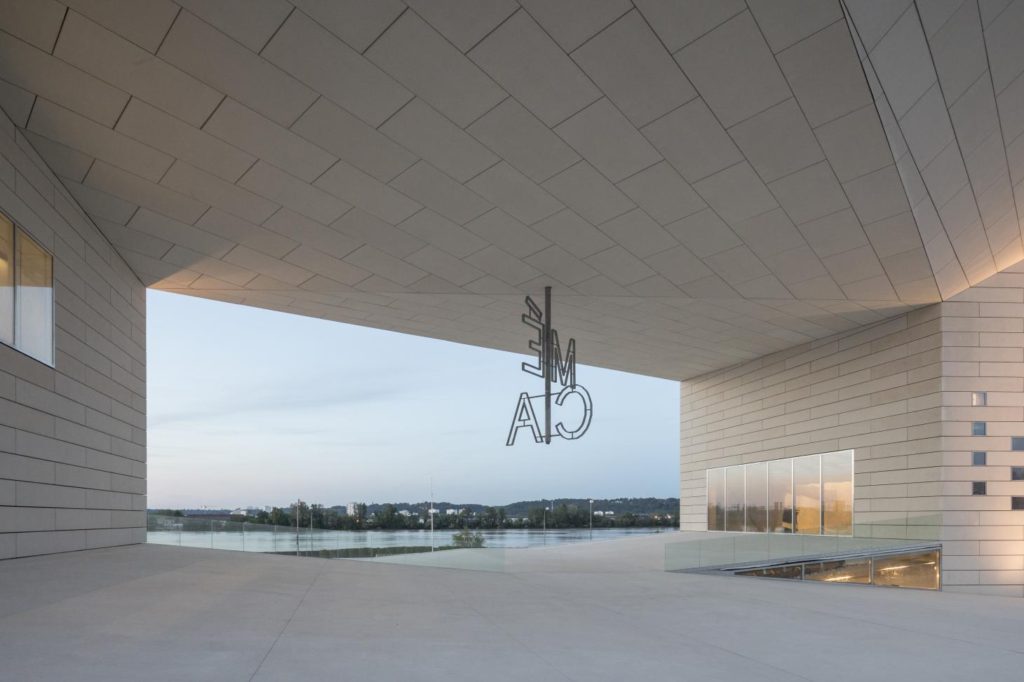
(Laurian Ghinitoiu)
“The urban room is at once a frame for the artwork, a stage for the performances, a screening room for the media collections and most perhaps most importantly an open room for the urban life of Bordeaux to invade and engage with the arts,” says Andreas Klok Pedersen, BIG partner.
While cultural institutions have typically been reserved for the informed few already immersed in the arts, MÉCA is unique as it provides a space for both artists and the general public with the goal of fusing Bordeaux’s cultural and social elements. The building is designed to foster connection—inviting and accessible inside and out, seamlessly fusing with Bordeaux’s city life.
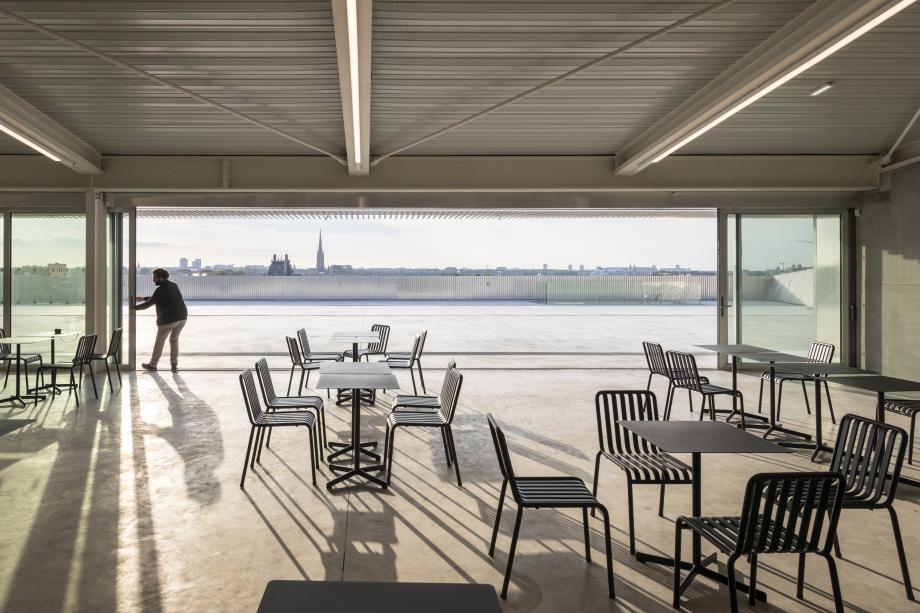
(Laurian Ghinitoiu)
The complex is swathed in thousands of prefabricated, sandblasted concrete panels to reflect the aesthetic of the local sandstone building throughout Bordeaux. Inside, the building is split into thirds between each organization—OARA and ALCA take up the two vertical columns with FRAC in the asymmetric arch that expands into the public square. It’s this space that reflects an “urban living room,” while also serving as a stage for city events.
In the lobby, a “spiral pit” offers a seating area to congregate. Alongside is a restaurant with custom crimson furnishings and cork chairs in a nod to the city’s wine culture. OARA’s inky 250-seat theatre flanks the eatery with flexible seating configurations, plus 80-seat cinema belonging to ALCA. Windows are dispersed through this area to “create transparency” those passing by a glimpse inside. The upper floors are occupied by FRAC with 23-feet high exhibition spaces illuminated with skylights, as well as artist production studios, storage facilities, a cafe, and 90-seat auditorium. Ultimately, the idea is to draw as people people into the arts as possible. The public is invited to join, explore, and participate.
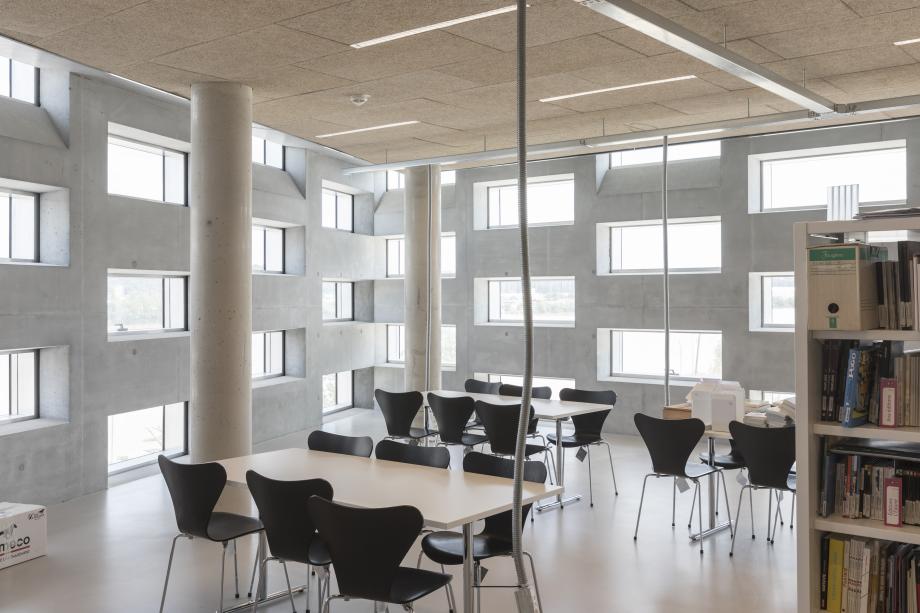
(Laurian Ghinitoiu)
Bjarke Ingels, creative director of BIG says, “Within this new urban room, we have already seen the arrival of the first skateboarders, the first romantic couple sharing a bottle of Bordeaux on the steps, and the first demonstration on the sloping promenade.”
The structure houses multiple elements as a single loop of cultural institutions and public space. This circular design invites guests to walk around and explore the institution, while also taking in the outside environment. Centrally located, MÉCA sits alongside the River Garonne and is integrated in the urban landscape with a walking promenade. There’s even a permanent bronze sculpture of Hermes by French artist Benoît Maire to inspire visitors to “reflect on the contemporary culture of the region.” Open 24 hours a day, MÉCA encourages the general public, and not just artists, to engage with their amenities and programming.
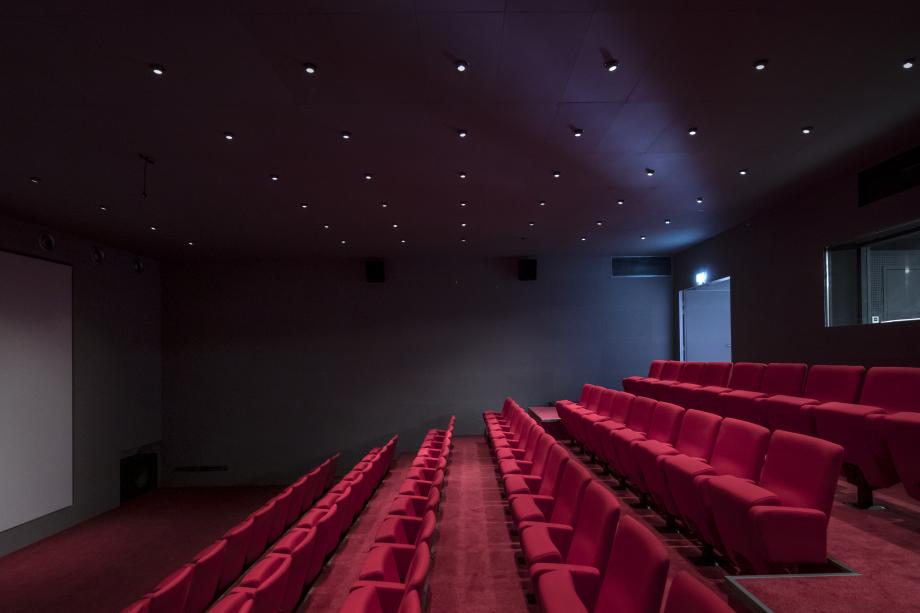
(Laurian Ghinitoiu)

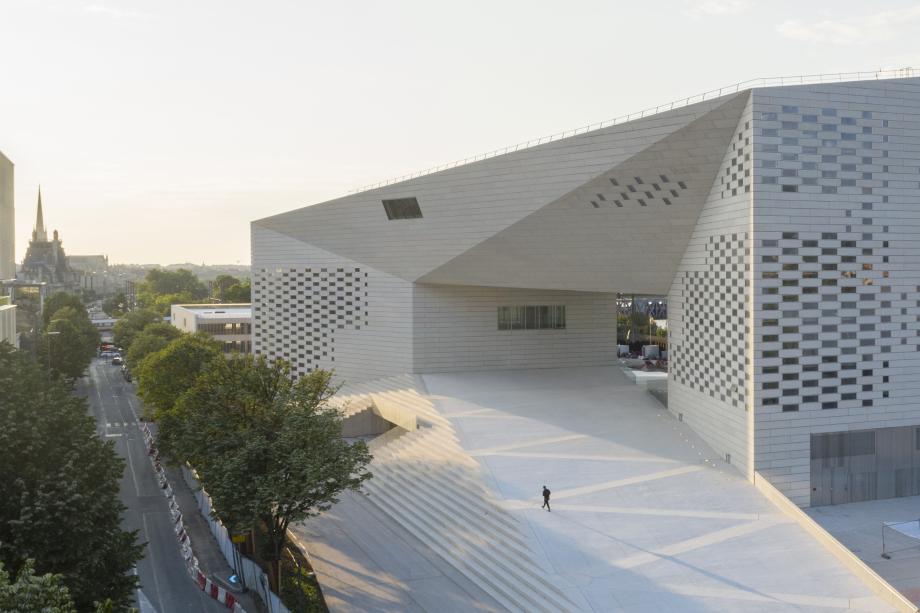





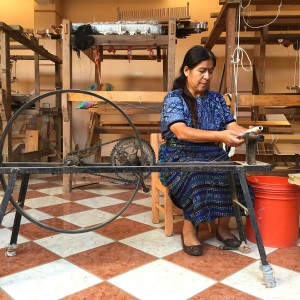

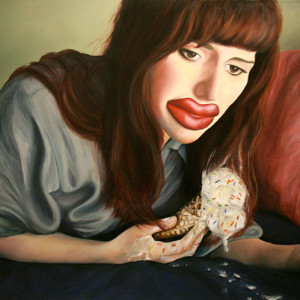
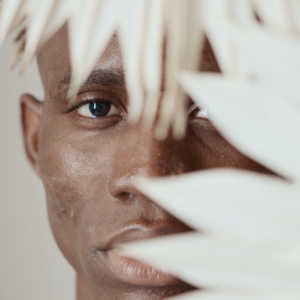
Leave a reply